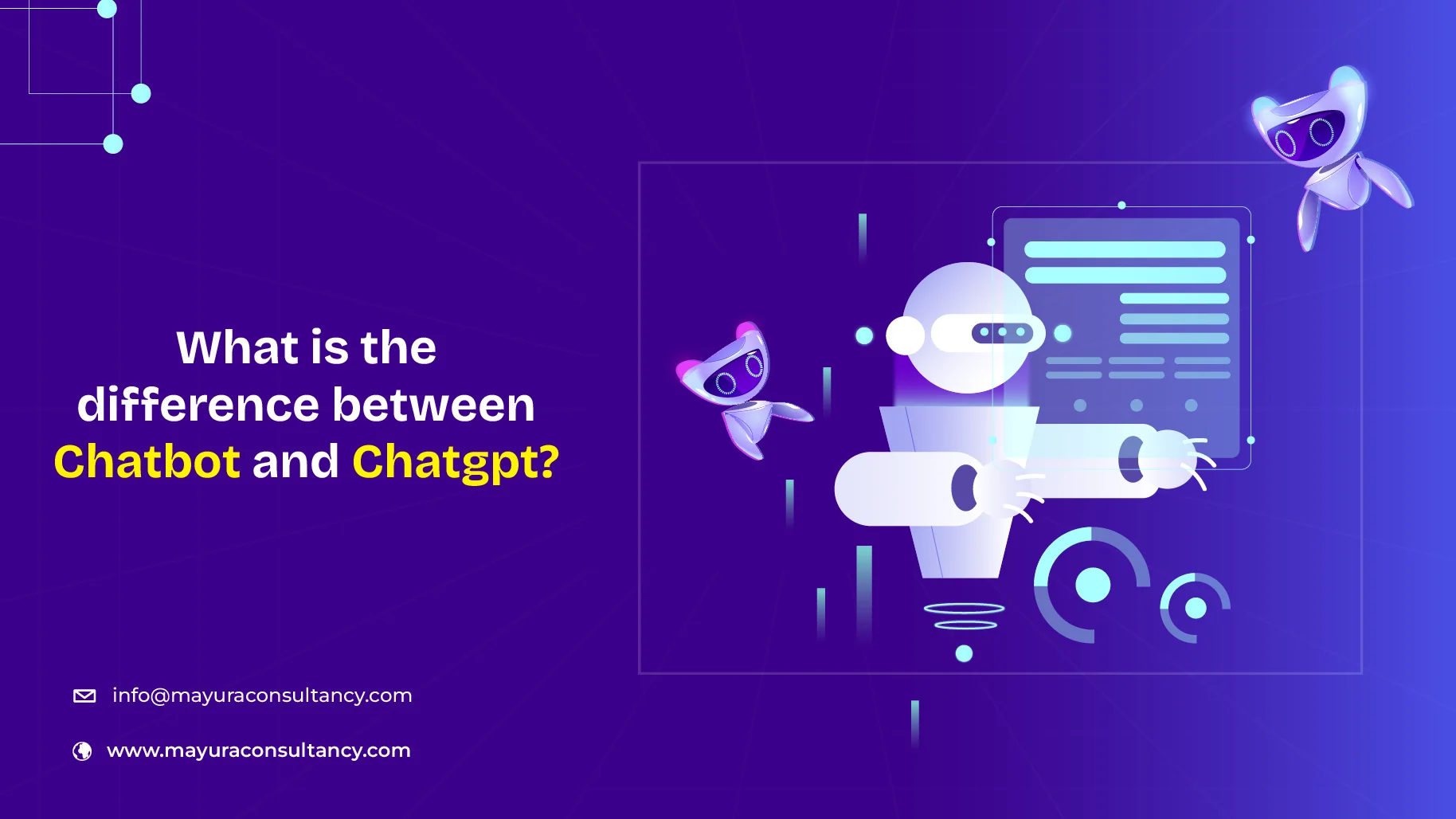Software as a Service (SaaS) has transformed how businesses leverage technologies due to the convenience, flexibility, and scalability it offers. In fact, many companies have adopted digital transformation using the SaaS model. According to a SaaS academy report, more than 80% of enterprises use at least one SaaS application, which shows massive opportunities in the SaaS market.
As we enter 2025, many new trends are emerging in the SaaS industry that will transform businesses. So, which are the top SaaS trends companies should watch out for? Let's find out.
This Article Contains:
What Are the Top SaaS Trends to Watch in 2025?
The SaaS industry will experience significant growth in 2025 due to the advent of new SaaS trends and evolving business needs. Here are the latest SaaS trends businesses should watch out for this year.
1. AI Will Have a Major Impact on SaaS Offering
Artificial Intelligence (AI) is redefining every industry through intelligent automation and predictive analytics. In 2025, we expect more SaaS providers to integrate AI-powered features into their products. By leveraging AI in SaaS development services, companies can create solutions that adapt to user behaviors, optimize workflows, and generate actionable insights.
But what are the applications and benefits of AI in the SaaS industry? Let's find out.
Businesses across industries can use AI-powered SaaS platforms for various purposes. For example, ecommerce companies can use AI-driven SaaS tools to offer personalized recommendations. In healthcare, AI-based SaaS platforms aid in predictive diagnostics and operational efficiency.
Marketing teams can use AI to analyze customer data, predict trends, and optimize campaigns. The possibilities are endless, as almost every industry integrates top AI trends to drive innovation and efficiency.
Benefits:
Increased Efficiency: AI automates repetitive tasks, freeing time for employees to focus on strategic goals.
Better Decision-Making: Businesses can make informed decisions faster with predictive analytics and data-driven insights.
2. Growth of the Micro SaaS Market
What is Micros SaaS? You might or might not have heard the term earlier, but this emerges among the top SaaS trends 2025.
As the name suggests, these are smaller versions of software-as-a-service applications. Micro SaaS is niche software that offers solutions for specific problems or industries. With the ability to offer highly specialized features, micro SaaS is becoming increasingly popular.
Creating micro-SaaS products is easier and they have low entry barriers. You can create and launch your micro-SaaS product quickly and grab the opportunities to enter the SaaS business.
For example, a micro SaaS solution for elearning management can help educators create and manage assessments to track student progress. Similarly in the healthcare system, a micro SaaS can help healthcare providers manage their billing processes, track patient payments, and automate insurance claims.
However, identifying the right opportunities is essential and expert IT consulting services can help you understand the potential and provide a roadmap for your micro SaaS development.
Benefits:
Targeted Solutions: Focused features meet specific business needs, improving efficiency.
Cost-Effectiveness: Smaller platforms often come with lower price points, making them accessible to SMBs.
3. Low-Code/No-Code Tools Will Be More Prominent
The rise of low-code and no-code tools is democratizing software development. These platforms enable users with little to no programming knowledge to create applications using drag-and-drop interfaces and pre-built templates. Small businesses and startups with limited resources can leverage these platforms to build SaaS applications.
Applications like Microsoft Power, Mendix, and Appian offer robust tools that allow users to build applications quickly with minimal coding knowledge. According to Fortune Business Insights, the global low-code development market size was USD 28.75 billion in 2024 and is expected to reach USD 264.40 billion in 2032, growing at a CAGR of 32.0%.
Whether you are looking for MVP development or full-scale software development, these platforms offer comprehensive features to build a wide range of SaaS applications.
Benefits:
Accelerated Development: Businesses can build and deploy applications in a fraction of the time compared to traditional development.
Reduced Costs: No need for extensive development teams or expensive coding experts.
4. The demand for Vertical SaaS will keep Growing
Like Micros SaaS, vertical SaaS has gained popularity among the top SaaS trends in recent times and its application will keep growing in 2025. But, what exactly is vertical SaaS?
Vertical SaaS are software applications that offer industry-specific solutions. Unlike horizontal SaaS that targets general business needs, these applications are developed to address the unique challenges and needs of their target markets.
For example, Shopify is a SaaS company offering ecommerce platform development, while Veeva System provides a cloud-based system offering clinical trials, quality management, and regulatory compliance catering to the life sciences industry.
As businesses look for tailored solutions, vertical SaaS companies have excellent opportunities to develop tailored solutions and take advantage of the market opportunities.
Benefits:
Tailored Solutions: Offers tailored solutions that address the unique needs and challenges of specific industries.
Faster Time-to-Market: Deploy solutions quickly, reduce development costs, and improve their overall competitiveness.
5. Increased Focus will be on SaaS Security
Did you know that misconfigured Azure blob storage with 2.4 terabytes of data of 65K companies and 548K users left exposed?
If you run a SaaS business, your platform will store tons of data. This makes it essential for SaaS providers to adopt cutting-edge cybersecurity measures to protect client's sensitive business data.
What measures can you adopt to secure your SaaS solution?
SaaS providers can implement robust access controls, encryption, penetration testing, and regular security audits to identify potential security risks and protect customer data. Besides, leveraging SaaS Security Posture Management (SSPM) tools can provide continuous monitoring to reduce configuration and security issues.
Benefits:
Compliance and Regulatory Requirements: Comply with regulatory requirements, such as GDPR, HIPAA, or PCI-DSS, and avoid fines, penalties, and reputational damage.
Business Continuity: Minimize downtime, reduce revenue loss, and maintain customer satisfaction.
6. Growth of White-Label SaaS Solutions
Among the top SaaS trends 2025, White-Label SaaS is another trending SaaS gaining popularity. But did you hear about it earlier? Also, as an entrepreneur, what are the benefits of developing a white-label SaaS product?
White-label SaaS solutions are fully developed software products that companies can purchase and rebrand as their product. This approach enables businesses to quickly enter the market without the time and expense of in-house development.
White-label software offers extensive customization, including the user interface, features, and functionality to align perfectly with the customer's specific business needs, making this a lucrative business prospect.
For example, ecommerce companies can use ready-made platforms like Shopify, Magento, etc. to launch their store.
Benefits:
Faster Time-to-Market: Businesses can quickly launch branded services, reducing development time and cost.
Revenue Diversification: Companies can tap into new revenue streams and better serve niche markets.
7. Demand for Sustainable and Green SaaS Solutions Will Grow
The global green technology and sustainability market is expected to grow significantly, from USD 20.90 billion in 2024 to USD 105.26 billion by 2032, signaling a shift towards sustainable solutions. As businesses prioritize environmental responsibility, the demands for sustainable and green solutions have emerged as top SaaS trends 2025.
This trend is driven by rising environmental awareness and the implementation of stricter environmental, social, and governance (ESG) policies. With a growing focus on reducing carbon footprints and promoting sustainability, more businesses are integrating green technology into their operations.
Sustainable and green SaaS solutions are designed with eco-friendly practices in mind. These solutions not only help reduce energy consumption and emissions but also align with the evolving expectations of customers and stakeholders who demand responsible and environmentally conscious business operations.
Benefits:
Attracting Eco-Conscious Customers: Adopting green practices helps you attract businesses that prioritize a greener solution.
Cost Savings: Energy-efficient and sustainable practices reduce operational costs, delivering long-term financial benefits.
8. Emphasis on Personalized Experiences in SaaS
Did you know that 88% of SaaS users would abandon a platform after a bad experience? This is why intuitive user experience is so critical for SaaS platforms.
Developing a customized SaaS platform allows providers to offer personalized experiences to meet individual user preferences and behaviors, enhancing user engagement and satisfaction.
For instance, a SaaS CRM can offer personalized dashboards, tailored workflows, and customized reporting to meet the unique needs of individual businesses, while a SaaS-based ecommerce platform can use machine learning algorithms to offer personalized recommendations, predictive analytics, and automated decision-making.
Benefits:
Customer Retention: Personalized services help businesses build stronger relationships with users, enhancing loyalty and reducing churn.
Higher Conversion Rates: Tailored experiences resonate more with potential customers, boosting engagement and driving sales.
9. Demand for Centralized Analytics Will Increase
In today's data-driven business environment, most companies leverage data to discover hidden trends, reduce risk, and make data-driven decisions. But, managing and analyzing data on a SaaS platform is challenging for many businesses. As a SaaS provider, how would you address these challenges?
Centralized analytics for SaaS applications provides a unified view of an organization's data, helping it efficiently manage and interpret vast amounts of data. It provides a comprehensive view of the key performance indicators (KPIs) including operational efficiencies, sales data, marketing performance, customer behaviors, etc.
Benefits:
Data-Driven Decision-Making: Centralized analytics provide a unified view of performance metrics, enabling faster and more informed strategic decisions.
Operational Efficiency: By consolidating data in one place, businesses can reduce inefficiencies and streamline processes.
10. Consumption-based Pricing Will be Among the SaaS Future Trends
According to a TechCrunch report, till 2023, 61% of SaaS businesses have already adopted consumption-based pricing while 21% were planning to implement it, making it one of the top SaaS trends. But how does this pricing model work and what are the benefits for SaaS providers?
Consumption-based or usage-based pricing is a model where customers are billed based on their actual usage of a service rather than a fixed subscription fee. This trend is gaining popularity in the SaaS industry, as it provides customers greater flexibility and cost savings.
For example, cloud infrastructure providers can offer pay-as-you-go pricing models for computing resources, storage, and bandwidth. Similarly, SaaS providers can offer consumption-based pricing for software applications, where customers pay based on the number of users, transactions, or data storage.
Benefits:
Revenue Predictability: Aligning pricing with actual usage improves customer satisfaction, reduces churn, and ensures steady revenue.
Improved Competitiveness: Flexible, usage-based pricing attracts a broader audience, helping you stay competitive in the SaaS market.
11. Growth of Interoperability and Open APIs
Interoperability and open API development (Application Programming Interfaces) enable seamless communication between software applications and platforms. As businesses increasingly adopt diverse tools, the demand for interoperability is surging.
Gartner predicts that by 2025, over 85% of enterprise applications will offer open APIs to facilitate cross-platform collaboration, making it critical for modern SaaS ecosystems. Open APIs are widely used in industries, such as e-commerce, healthcare, and finance.
Take the example of an ecommerce SaaS platform. APIs enable seamless integration with payment gateways, logistics providers, and CRM tools, ensuring smooth operations. Similarly, in healthcare, they facilitate the exchange of patient data between electronic health record (EHR) systems and diagnostic tools, improving treatment accuracy.
Benefits:
Expanded Ecosystem Opportunities: Open APIs enable seamless integrations with third-party applications, improving user experience.
Reduced Development Costs: Interoperability eliminates the need for customized connectors, saving time and resources.
What Does the Future of SaaS Look Like?
According to The Business Research Company, the SaaS market will grow from USD 243.02 billion in 2024 to 253.58 billion in 2025. This shows more organizations will adopt SaaS for their software needs. As a result, there will be consistent growth in the SaaS industry.
SaaS future trends will see increased adoption of AI, blockchain, enhanced cybersecurity, AR/VR, and vertical SaaS with industry-specific capabilities. Additionally, SaaS will have better customization capabilities, making them more effective for modern businesses in the coming years.
Wrapping Up
As we enter 2025, top SaaS trends like AI-driven personalization, sustainable solutions, and vertical SaaS are set to reshape industries. Companies embracing these trends will stay competitive and unlock new opportunities for innovation and growth.
At MCS, we provide tailored SaaS development services to help businesses leverage and launch their SaaS solutions quickly. Contact us for a quick consultation and share your requirements.
Frequently Asked Questions
The key factors accelerating SaaS adoption in 2025 and beyond are growth in digital transformation, demand for cloud-based scalable software solutions, cost-effectiveness, and the rising need for remotely accessible software. The integration of technologies like AI, and blockchain will make SaaS smarter and more secure.
Yes, MCS offers complete SaaS development services, from ideation and design to development and ongoing software maintenance and support services to ensure faster time-to-market.
MCS adopts the top SaaS trends to build tailored solutions that provide robust security, scalability, and industry-specific customizations to empower your business for sustained growth.






Comments
Share Your Feedback
Your email address will not be published. Required fields are marked *